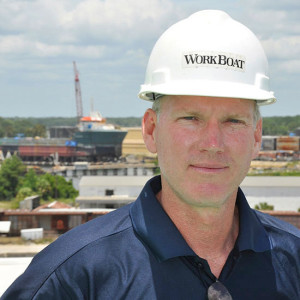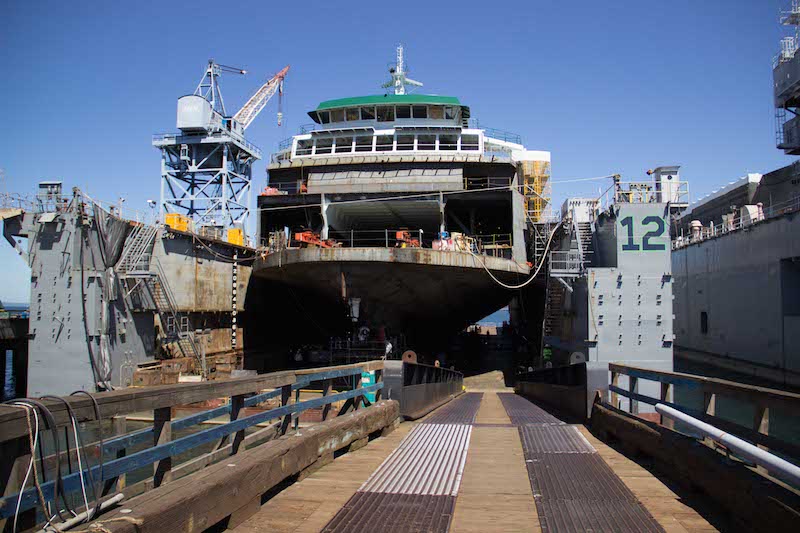A year ago in WorkBoat, Senior Editor Ken Hocke wrote about what some Gulf shipyards were doing to survive the depressed offshore energy market.
What Ken and WorkBoat have consistently found during this and past Gulf of Mexico energy slumps is that yards that have diversified have found a lot of success. As Dr. Lothar Birk, associate professor and chair, school of naval architecture and marine engineering at the University of New Orleans, told Ken for WorkBoat's October shipyard report, “The ones that tend to be the strongest are those that are diversified, building not only different types of ships but building for the military and commercial customers.”
One of those Gulf yards is Eastern Shipbuilding, which boasts a diverse orderbook. This includes the recently delivered multipurpose field support vessel Harvey Stone for Harvey Gulf International Marine and Robert Allan-designed Z-Tech tugs for Suderman & Young Towing and Bay-Houston Towing.
You can also include Louisiana yards Gulf Island Shipyards, Swiftships and Metal Shark Aluminum Boats, and Alabama’s Horizon Shipbuilding.
But the workboat industry is much, much more than the offshore energy industry and Gulf yards. Just look at how busy shipyards on the other coasts are. In the East, Chesapeake Shipbuilding recently delivered the 12th Sassafras-class tug to Baltimore’s Vane Brothers Co., Blount Boats has been staying busy with passenger and wind farm vessels, and Gladding-Hearn has signed another contract to build a new Chesapeake-class pilot boat.
Out West, Safe Boats International, Vigor Industrial, Nichols Brothers Boat Builders, Diversified Marine, All American Marine, and others are all staying busy. And let’s not forget about the Great Lakes where Great Lakes Shipyard, Fincantieri Bay Shipbuilding and others are also building different types of workboats.
As Ken found in his research, from the coasts to the Great Lakes, shipyards are cranking out workboats in impressive numbers.





